Hi! My name is Alicia, I’m from Spain and I’m currently living and working in Germany. I’ve always been very artsy and craftsy, and I love taking pictures when on holidays, but I didn’t really start learning photography until the lockdown hit.
I have seen toy photography on Instagram for a while, but it wasn’t until I was bored at home that I started having a go at it myself. I saw it as an opportunity to escape to other worlds, but then I fell in love with the magic of it and the people in the community.
For me, the thing that makes me happier, is to make better pictures than I did yesterday. And of course, the community recognition is also a wonderful feeling. My most treasured feedback from the community has been to win Brickcentral’s monthly theme and to be spotlight artist there, and now here in the Feature Friday. The photographers in these communities are all amazing, and to be selected to stand up among them is a real treasure.
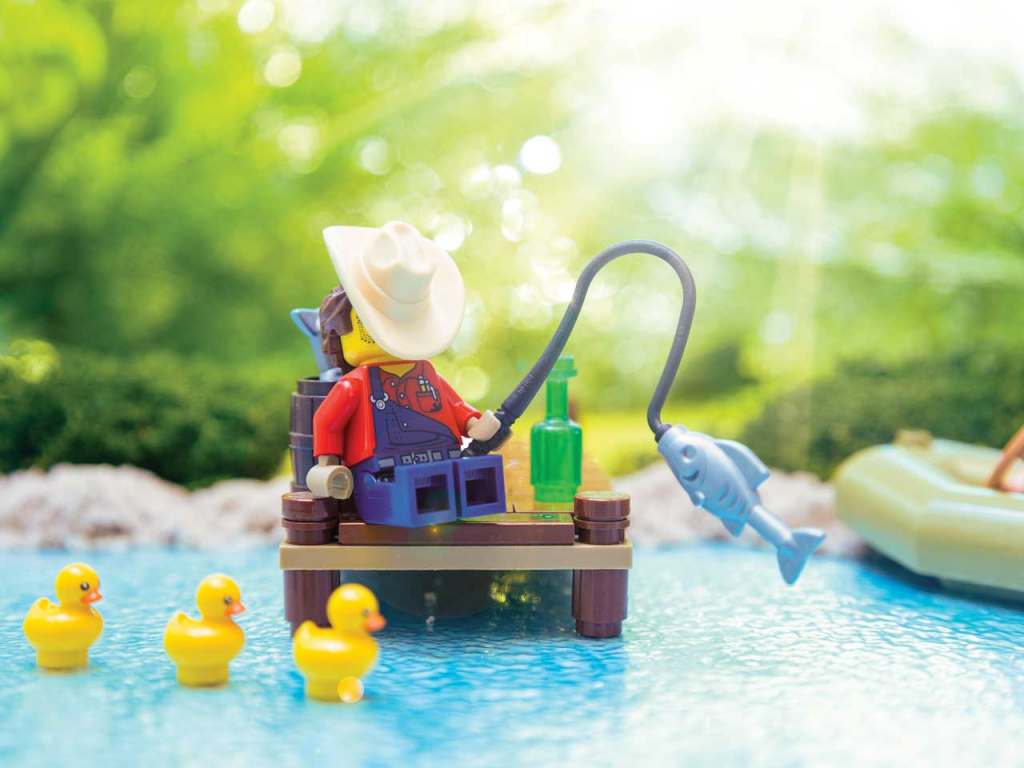
Usually, my pictures are related to nature, in or around nature. I like to shoot fleeting moments of peace and wonder. I also like to shoot stills of a story, sometimes referencing movies or books and fairytales, sometimes moments of daily life. What I mostly looking for in my pictures is to trigger an emotion and perhaps anticipation. I want them to feel wonder and peace most of the times, and excitement or fun occasionally.
I usually start with a minifigure I want to shoot. I tend to play in my head with places this figure can be in and what can it be doing.
I build the whole scene in my head, sometimes with a sketch on paper to help, and I decide where the figures are, what are they doing, which accessories are around, animals, plants and so on. I also think about what lighting I’m going to use, how soft or hard and where I want it to fall, and if there is a special effect I want to add.
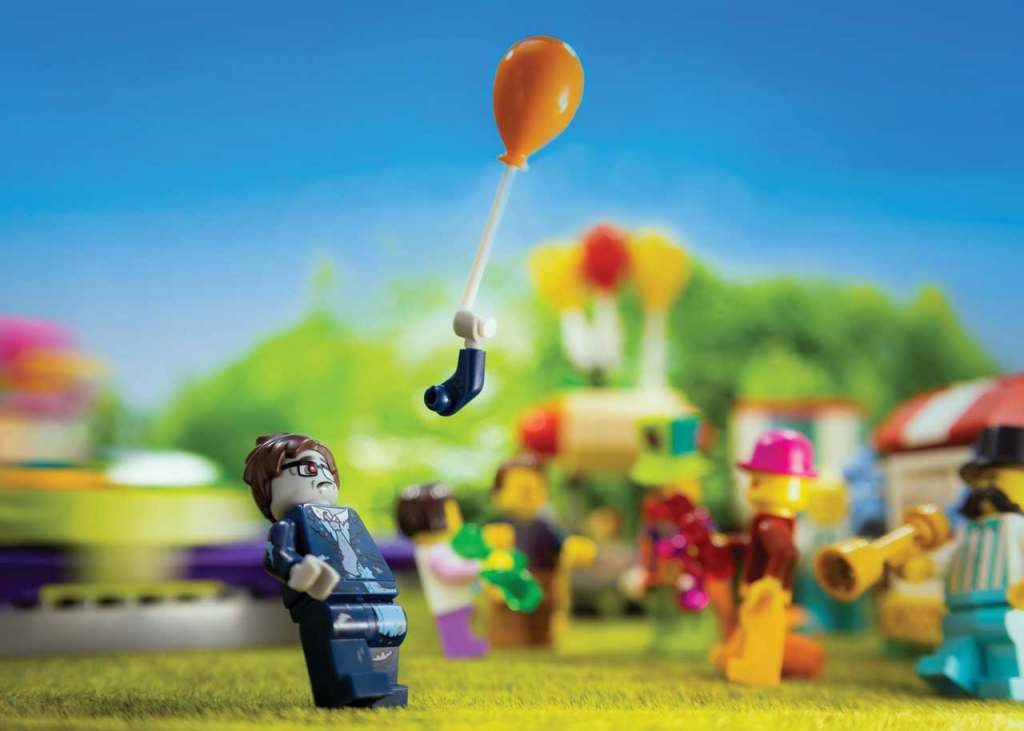
Once I have a good idea in my head of what I want, I then start building. Of course, some things get tweaked along the process, some things are added, and some removed. The final details are created with the camera already prepared and looking at the screen, so I can have an idea of what it will look like. Some things look good in when they are in front of me, but then in the screen of the camera it does not look right. It looks crowded, or too empty, the colors don’t match, or funny things are coming out of the main character’s head.
Once I have an image I like in camera, I upload it to Lightroom and modify the settings until I get the colors and feeling I’m looking for. I don’t usually go overboard with processing. If there are wires or something to be removed, I’ll do that on Photoshop. I usually do not add a lot of extra effects, just some details and perhaps some lights or magic. Occasionally, I do replace the sky in Photoshop to make it a bit more interesting.
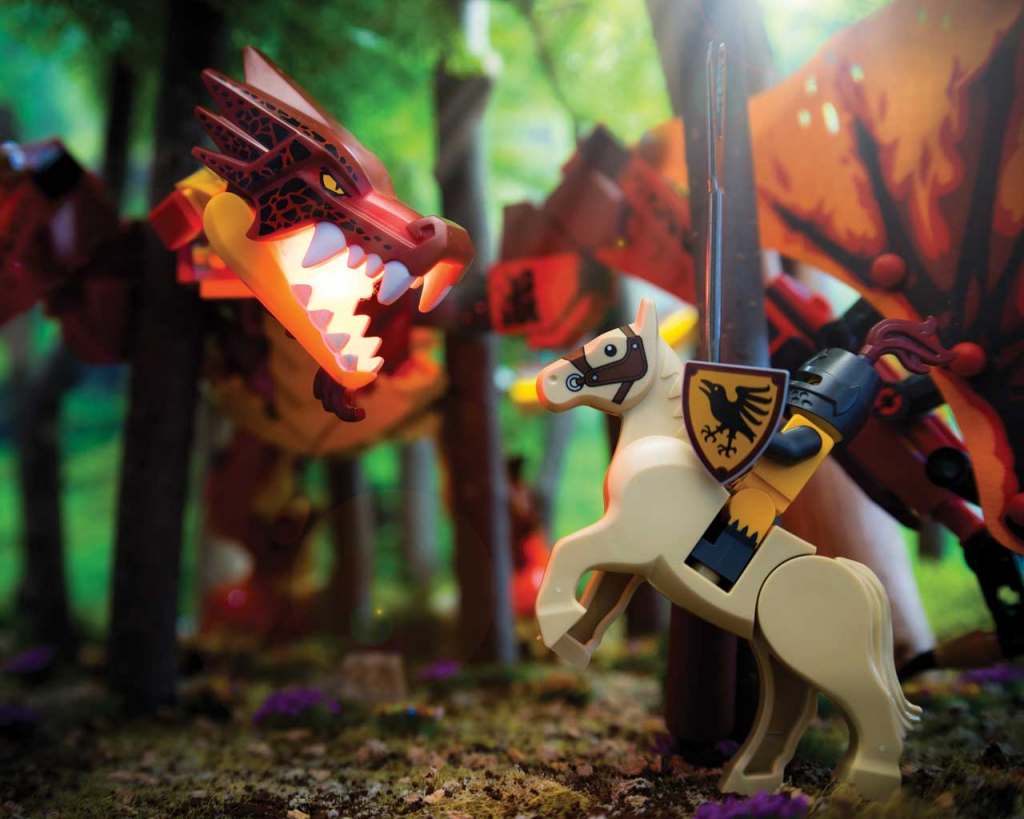
I usually shoot indoors, on top of a small Ikea table, under a window. I tend to build natural environments on it, to recreate forests, fields, winter landscapes, or deserts. My next personal challenge is water, either lakes or rivers, maybe even the ocean. Building all this indoors let me control a lot of the landscape, from the lighting to the background and the colors.
There are small things around my desk to help me with the pictures, but they are not very surprising. I have blue tack and a wire with a stud hot glued on one side to hold things in place and flying. I have all kinds of papers and cardboards for floors and backgrounds and to bounce and block light. A little more surprising, I have a jar of ground coffee that I use for dark soil, it smells better and keeps better than actual soil.
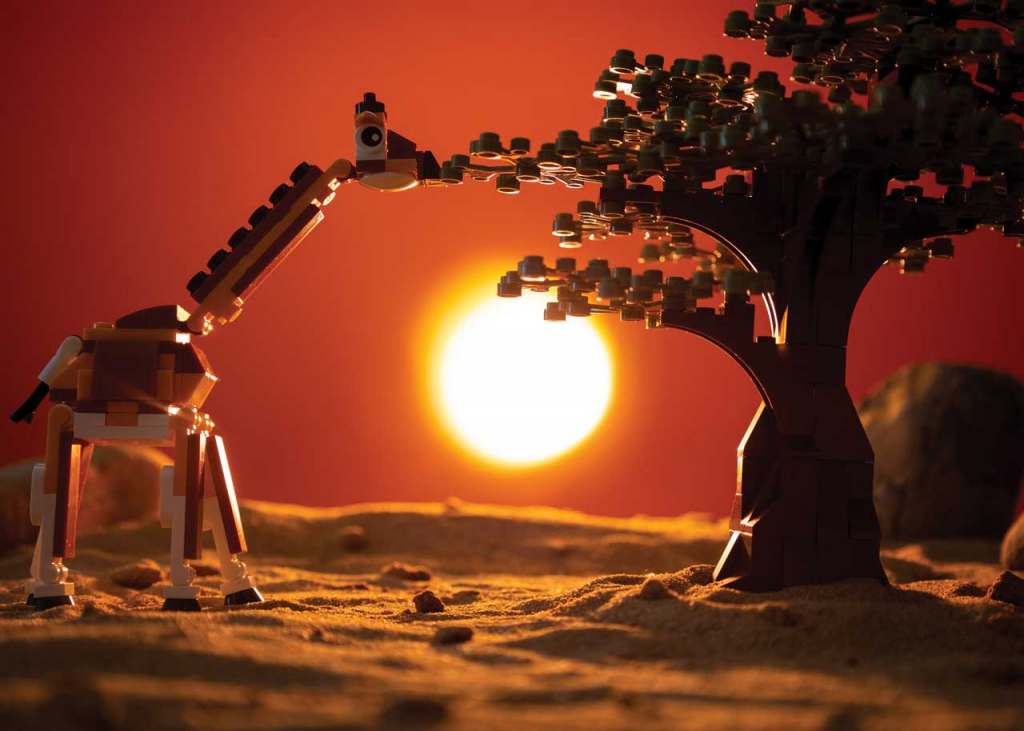
But not all works well the first time. A mistake I usually make, although less and less often, is the missed focus, where the eyes of my subject are not the main part in focus. With such small figures, autofocus is your worst enemy, but I still use it frequently. The miss focus really drives me crazy, and of course I notice when other people have the same issue. Not fully assembled figures or builds are also an error I make, where there is a tiny line between two pieces that are almost together but not quite. That’s horrible to fix in post processing and very often impossible. I also make a lot of mistakes in lighting, but I’m slowly learning. I use the community’s pictures and tutorials to learn what I like and what I don’t like, because at the end of the day, this is about taste as much as skill.
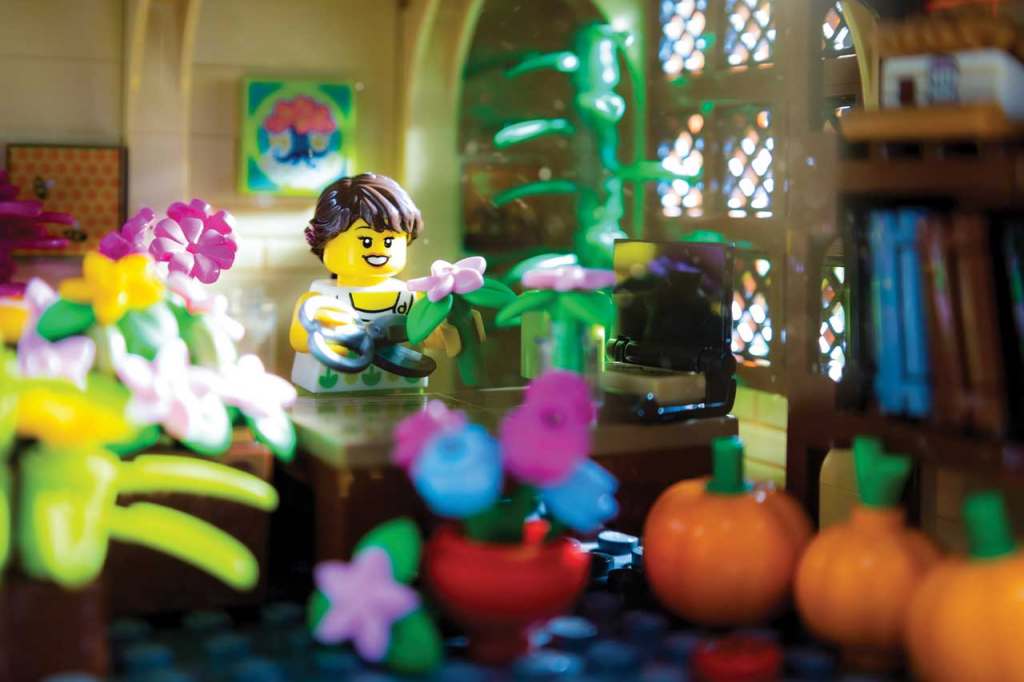
One piece of advice I will say is that it’s ok when the first picture does not work. Or the second, or the third. Just keep trying different things and different ways of doing things. I used to get blocked when the picture I had in my head and the one coming from the camera did not match. But that’s fine, you adapt, and you try something else. Not all the pictures you take are going to be pieces of art.
And you don’t really need anything to start, except a phone’s camera and a toy. You can find all you need at home or in the street. Take lots of pictures, watch lots of other people’s pictures, and slowly learn what you like and how to achieve what you want.



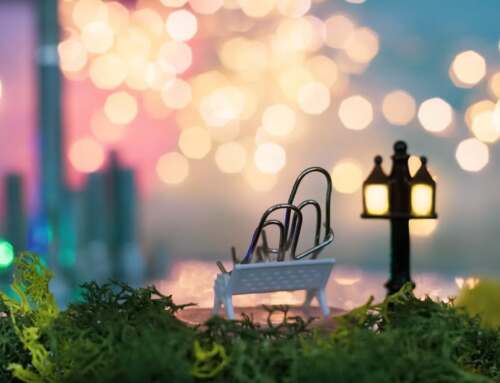
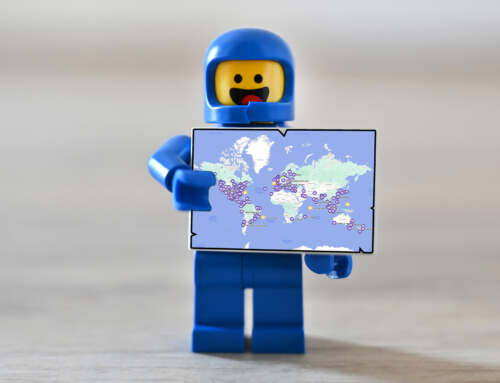
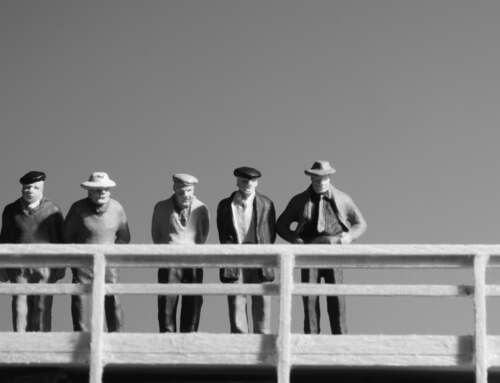
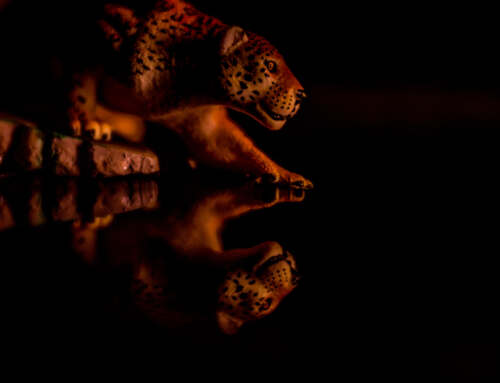
Your images are beautiful! They definitely trigger wonder and peace for me. I especially like the last image with the light coming through the windows.
Lynn
Great article and images,i like how you explain the birth of your pictures:)
Thank you for your article. I learn so much from the work others do.
Wonderful article. I learned so much from your process.